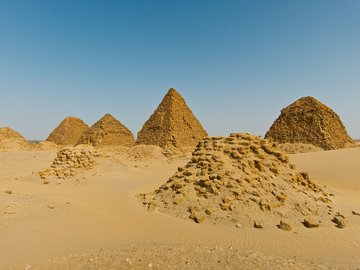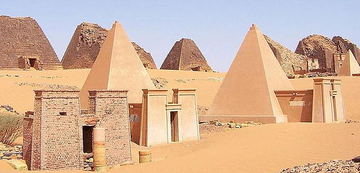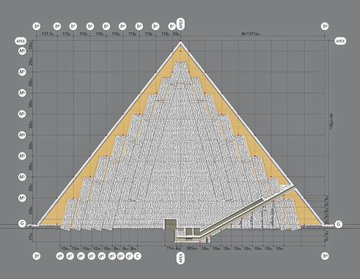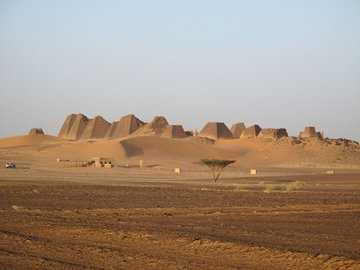Today is #InternationalNubiaDay. Nubia has one of the oldest, and richest histories that should be celebrated. Nubia was home to several empires, most prominently the "Kingdom of Kush" that ruled Nubia for more than a thousand years. #RichAfricanHistory
The Kingdom of Kush is probably the most famous civilization to emerge from Nubia, located at the Sudanese and southern Egyptian Nile Valley. Three Kushite kingdoms dominated Nubia for more than 3,000 years, with capitals in Kerma, Napata, and Meroë.  https://abs.twimg.com/emoji/v2/... draggable="false" alt="📸" title="Kamera mit Blitz" aria-label="Emoji: Kamera mit Blitz"> @rhaplord
https://abs.twimg.com/emoji/v2/... draggable="false" alt="📸" title="Kamera mit Blitz" aria-label="Emoji: Kamera mit Blitz"> @rhaplord
The Kushite Kingdoms competed strongly with Egypt economically and militarily. In 728 BC, the Kushite King Piye united the entire Nile valley from the delta to the city of Napata under his rule. Piye and his descendants ruled as the pharaohs of the Twenty-fifth Dynasty https://abs.twimg.com/emoji/v2/... draggable="false" alt="📸" title="Kamera mit Blitz" aria-label="Emoji: Kamera mit Blitz">Wikipedia
https://abs.twimg.com/emoji/v2/... draggable="false" alt="📸" title="Kamera mit Blitz" aria-label="Emoji: Kamera mit Blitz">Wikipedia
The Victory Stela of Kushite Pharaoh Piankhy (Piye) from Gebel Barkal, Sudan. The Stela proclaims Piankhy as the Pharaoh/King of Egypt and Kush, under the supervision of the God Amun of Thebes and Amun of Napata.
Dynasty 25 -- The Napatan Period
Dynasty 25 -- The Napatan Period
Pharaoh Piankhy (Piye) Kushite Pharaoh/ King during the 25th dynasty successfully invaded and conquered Egypt, extending his control to the whole Nile Valley. He ruled from 743–712 BCE from the city of Napata, located deep in Nubia, modern-day Sudan.
There are more Pyramids in Nubia (The most numerous in the world) than there are in Egypt. Nubian Pyramids were constructed (roughly 240 of them) in Sudan. The Temple and Pyramid complexes along in the Nile in Sudan are evidence of the Napatan, Meroitic and Kushite civilizations.
Nubia& #39;s numerous pyramids are grouped around 5 sites:
-Meroë --Most extensive Nubian pyramid site.
-El-Kurru
-Nuri- This necropolis was the burial place of 21 kings and 52 queens and princes
-Jebel Barkal
--Sedeinga - A new group of pyramids was discovered near the village.
-Meroë --Most extensive Nubian pyramid site.
-El-Kurru
-Nuri- This necropolis was the burial place of 21 kings and 52 queens and princes
-Jebel Barkal
--Sedeinga - A new group of pyramids was discovered near the village.
The Kingdom of Kush was a powerful African civilization where Nubians created urban centers (the most important being the Capital Meroe), and trade routes along the banks of the White and Blue Nile, connecting the Red Sea port towns in the East and beyond Lake Chad to the West.
African communities traded and influenced other communities ( both ways) through politics, religion, trade, culture, engineering, military etc while maintaining their states and distinct cultural traditions. The Kingdom of Kush& #39;s proximity to Ancient Egypt was no exception.
Nubians manufactured and traded iron, objects of bronze, gold and other luxury items like jewelry with other communities and states. They also produced richly decorated cotton textiles and ceramics. A variety of skillfully Nubian designed items have been found during excavations.
Nubians also built elaborate temples and distinctive pyramidal funerary monuments using durable stone, or red fired brick. Meroitic temples also had pylons (monumental gateways) and enclosure walls, as well as artificially constructed reservoirs.  https://abs.twimg.com/emoji/v2/... draggable="false" alt="📸" title="Kamera mit Blitz" aria-label="Emoji: Kamera mit Blitz"> @rhaplord
https://abs.twimg.com/emoji/v2/... draggable="false" alt="📸" title="Kamera mit Blitz" aria-label="Emoji: Kamera mit Blitz"> @rhaplord
Nubians had knowledge of math in order to build their pyramids. Nubians honed their skills here, gradually building more complex pyramids. They must have known math concepts like geometry, did precise calculations before cutting stone blocks, transporting and assembling them.

 Read on Twitter
Read on Twitter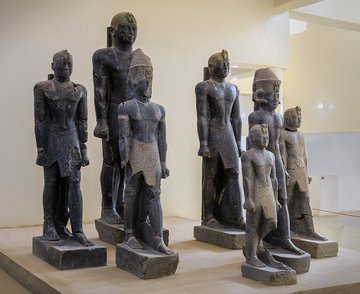
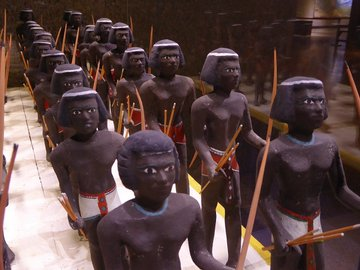
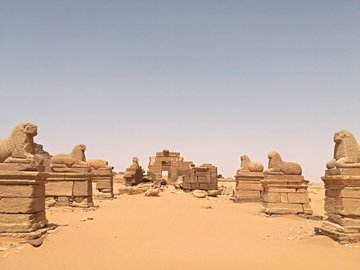
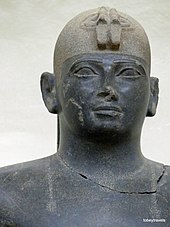 @rhaplord" title="The Kingdom of Kush is probably the most famous civilization to emerge from Nubia, located at the Sudanese and southern Egyptian Nile Valley. Three Kushite kingdoms dominated Nubia for more than 3,000 years, with capitals in Kerma, Napata, and Meroë. https://abs.twimg.com/emoji/v2/... draggable="false" alt="📸" title="Kamera mit Blitz" aria-label="Emoji: Kamera mit Blitz"> @rhaplord">
@rhaplord" title="The Kingdom of Kush is probably the most famous civilization to emerge from Nubia, located at the Sudanese and southern Egyptian Nile Valley. Three Kushite kingdoms dominated Nubia for more than 3,000 years, with capitals in Kerma, Napata, and Meroë. https://abs.twimg.com/emoji/v2/... draggable="false" alt="📸" title="Kamera mit Blitz" aria-label="Emoji: Kamera mit Blitz"> @rhaplord">
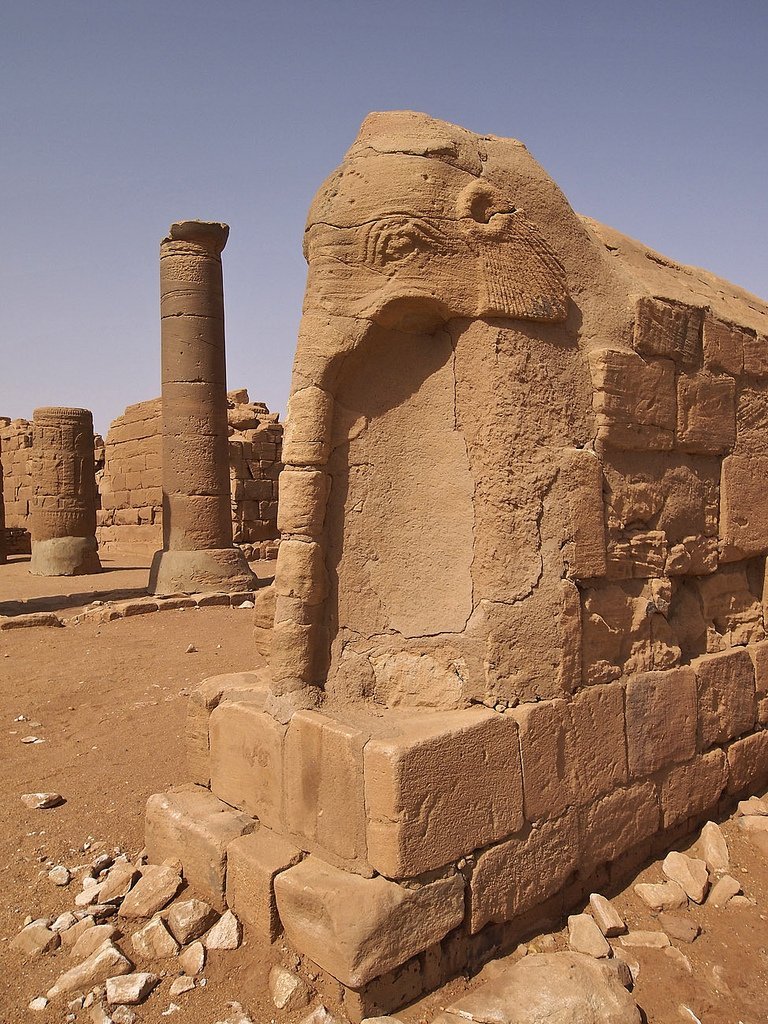 @rhaplord" title="The Kingdom of Kush is probably the most famous civilization to emerge from Nubia, located at the Sudanese and southern Egyptian Nile Valley. Three Kushite kingdoms dominated Nubia for more than 3,000 years, with capitals in Kerma, Napata, and Meroë. https://abs.twimg.com/emoji/v2/... draggable="false" alt="📸" title="Kamera mit Blitz" aria-label="Emoji: Kamera mit Blitz"> @rhaplord">
@rhaplord" title="The Kingdom of Kush is probably the most famous civilization to emerge from Nubia, located at the Sudanese and southern Egyptian Nile Valley. Three Kushite kingdoms dominated Nubia for more than 3,000 years, with capitals in Kerma, Napata, and Meroë. https://abs.twimg.com/emoji/v2/... draggable="false" alt="📸" title="Kamera mit Blitz" aria-label="Emoji: Kamera mit Blitz"> @rhaplord">
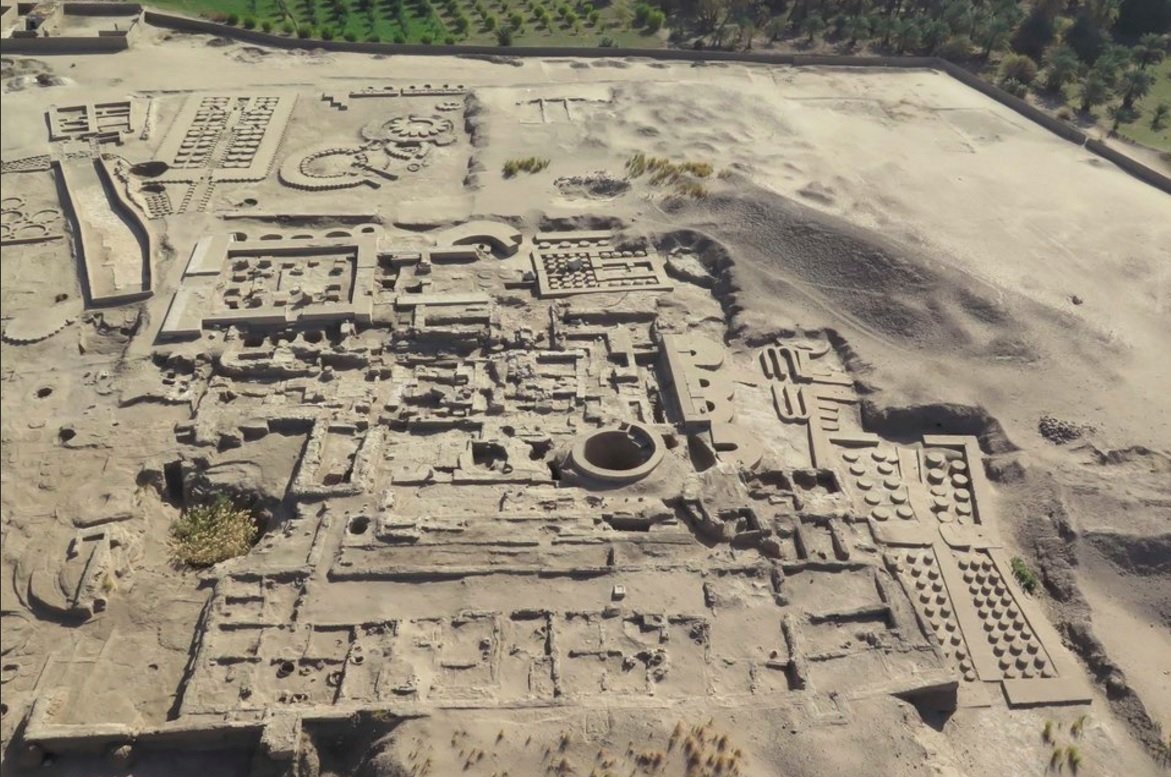 @rhaplord" title="The Kingdom of Kush is probably the most famous civilization to emerge from Nubia, located at the Sudanese and southern Egyptian Nile Valley. Three Kushite kingdoms dominated Nubia for more than 3,000 years, with capitals in Kerma, Napata, and Meroë. https://abs.twimg.com/emoji/v2/... draggable="false" alt="📸" title="Kamera mit Blitz" aria-label="Emoji: Kamera mit Blitz"> @rhaplord">
@rhaplord" title="The Kingdom of Kush is probably the most famous civilization to emerge from Nubia, located at the Sudanese and southern Egyptian Nile Valley. Three Kushite kingdoms dominated Nubia for more than 3,000 years, with capitals in Kerma, Napata, and Meroë. https://abs.twimg.com/emoji/v2/... draggable="false" alt="📸" title="Kamera mit Blitz" aria-label="Emoji: Kamera mit Blitz"> @rhaplord">
 @rhaplord" title="The Kingdom of Kush is probably the most famous civilization to emerge from Nubia, located at the Sudanese and southern Egyptian Nile Valley. Three Kushite kingdoms dominated Nubia for more than 3,000 years, with capitals in Kerma, Napata, and Meroë. https://abs.twimg.com/emoji/v2/... draggable="false" alt="📸" title="Kamera mit Blitz" aria-label="Emoji: Kamera mit Blitz"> @rhaplord">
@rhaplord" title="The Kingdom of Kush is probably the most famous civilization to emerge from Nubia, located at the Sudanese and southern Egyptian Nile Valley. Three Kushite kingdoms dominated Nubia for more than 3,000 years, with capitals in Kerma, Napata, and Meroë. https://abs.twimg.com/emoji/v2/... draggable="false" alt="📸" title="Kamera mit Blitz" aria-label="Emoji: Kamera mit Blitz"> @rhaplord">
 Wikipedia" title="The Kushite Kingdoms competed strongly with Egypt economically and militarily. In 728 BC, the Kushite King Piye united the entire Nile valley from the delta to the city of Napata under his rule. Piye and his descendants ruled as the pharaohs of the Twenty-fifth Dynastyhttps://abs.twimg.com/emoji/v2/... draggable="false" alt="📸" title="Kamera mit Blitz" aria-label="Emoji: Kamera mit Blitz">Wikipedia">
Wikipedia" title="The Kushite Kingdoms competed strongly with Egypt economically and militarily. In 728 BC, the Kushite King Piye united the entire Nile valley from the delta to the city of Napata under his rule. Piye and his descendants ruled as the pharaohs of the Twenty-fifth Dynastyhttps://abs.twimg.com/emoji/v2/... draggable="false" alt="📸" title="Kamera mit Blitz" aria-label="Emoji: Kamera mit Blitz">Wikipedia">
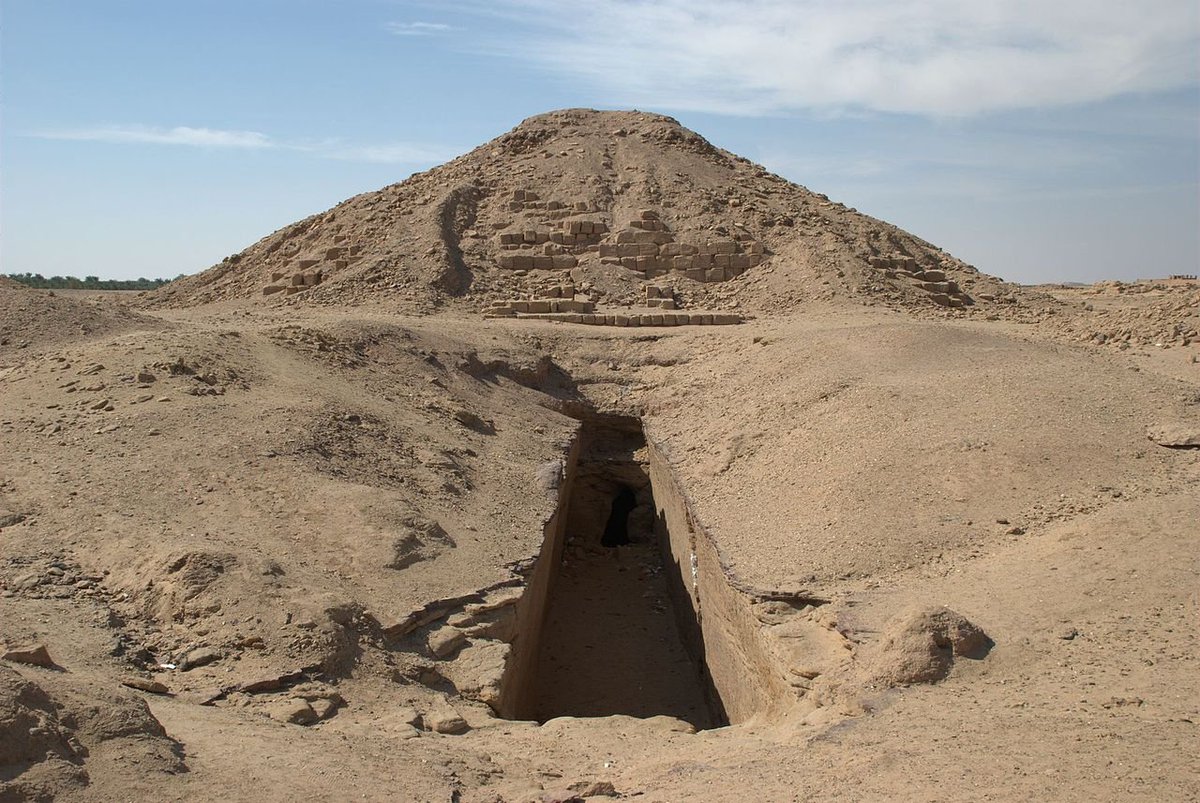 Wikipedia" title="The Kushite Kingdoms competed strongly with Egypt economically and militarily. In 728 BC, the Kushite King Piye united the entire Nile valley from the delta to the city of Napata under his rule. Piye and his descendants ruled as the pharaohs of the Twenty-fifth Dynastyhttps://abs.twimg.com/emoji/v2/... draggable="false" alt="📸" title="Kamera mit Blitz" aria-label="Emoji: Kamera mit Blitz">Wikipedia">
Wikipedia" title="The Kushite Kingdoms competed strongly with Egypt economically and militarily. In 728 BC, the Kushite King Piye united the entire Nile valley from the delta to the city of Napata under his rule. Piye and his descendants ruled as the pharaohs of the Twenty-fifth Dynastyhttps://abs.twimg.com/emoji/v2/... draggable="false" alt="📸" title="Kamera mit Blitz" aria-label="Emoji: Kamera mit Blitz">Wikipedia">
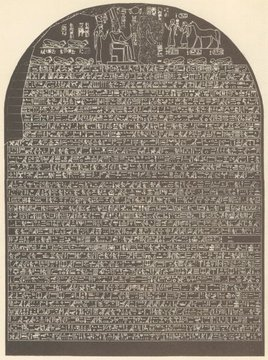 Wikipedia" title="The Kushite Kingdoms competed strongly with Egypt economically and militarily. In 728 BC, the Kushite King Piye united the entire Nile valley from the delta to the city of Napata under his rule. Piye and his descendants ruled as the pharaohs of the Twenty-fifth Dynastyhttps://abs.twimg.com/emoji/v2/... draggable="false" alt="📸" title="Kamera mit Blitz" aria-label="Emoji: Kamera mit Blitz">Wikipedia">
Wikipedia" title="The Kushite Kingdoms competed strongly with Egypt economically and militarily. In 728 BC, the Kushite King Piye united the entire Nile valley from the delta to the city of Napata under his rule. Piye and his descendants ruled as the pharaohs of the Twenty-fifth Dynastyhttps://abs.twimg.com/emoji/v2/... draggable="false" alt="📸" title="Kamera mit Blitz" aria-label="Emoji: Kamera mit Blitz">Wikipedia">
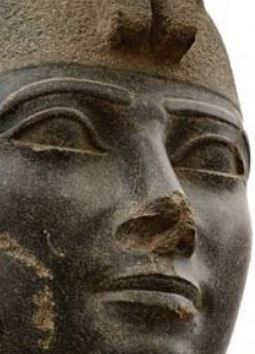 Wikipedia" title="The Kushite Kingdoms competed strongly with Egypt economically and militarily. In 728 BC, the Kushite King Piye united the entire Nile valley from the delta to the city of Napata under his rule. Piye and his descendants ruled as the pharaohs of the Twenty-fifth Dynastyhttps://abs.twimg.com/emoji/v2/... draggable="false" alt="📸" title="Kamera mit Blitz" aria-label="Emoji: Kamera mit Blitz">Wikipedia">
Wikipedia" title="The Kushite Kingdoms competed strongly with Egypt economically and militarily. In 728 BC, the Kushite King Piye united the entire Nile valley from the delta to the city of Napata under his rule. Piye and his descendants ruled as the pharaohs of the Twenty-fifth Dynastyhttps://abs.twimg.com/emoji/v2/... draggable="false" alt="📸" title="Kamera mit Blitz" aria-label="Emoji: Kamera mit Blitz">Wikipedia">
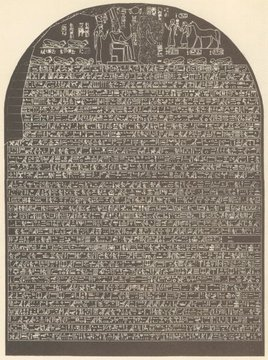
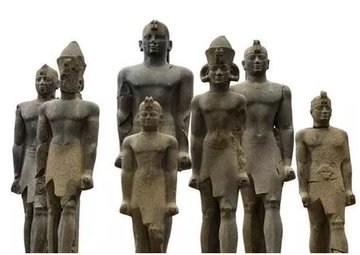
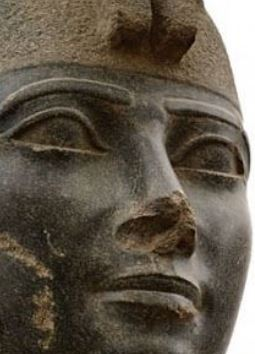
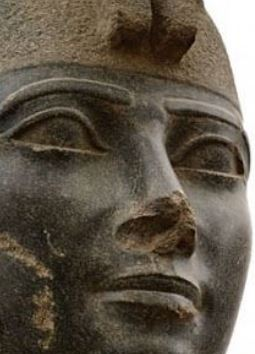

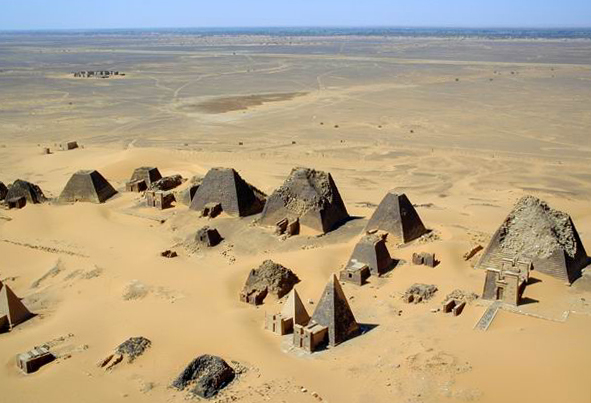
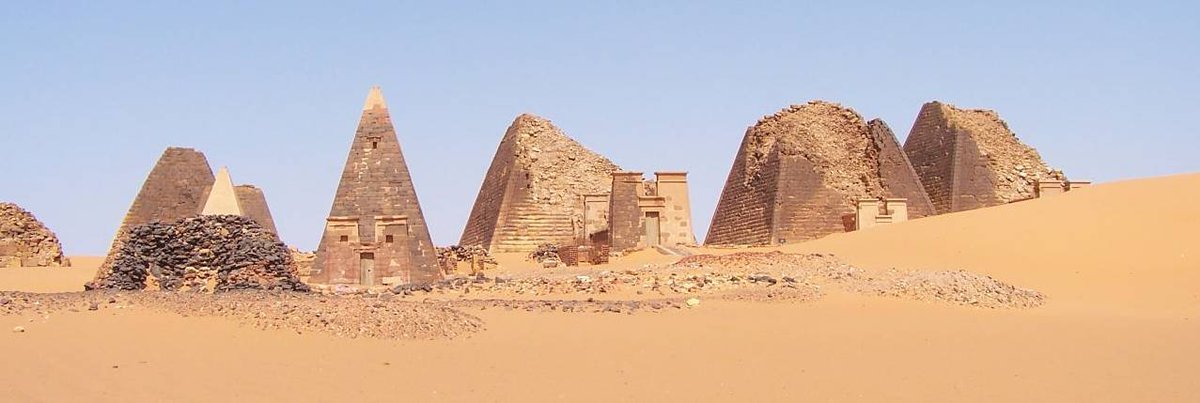
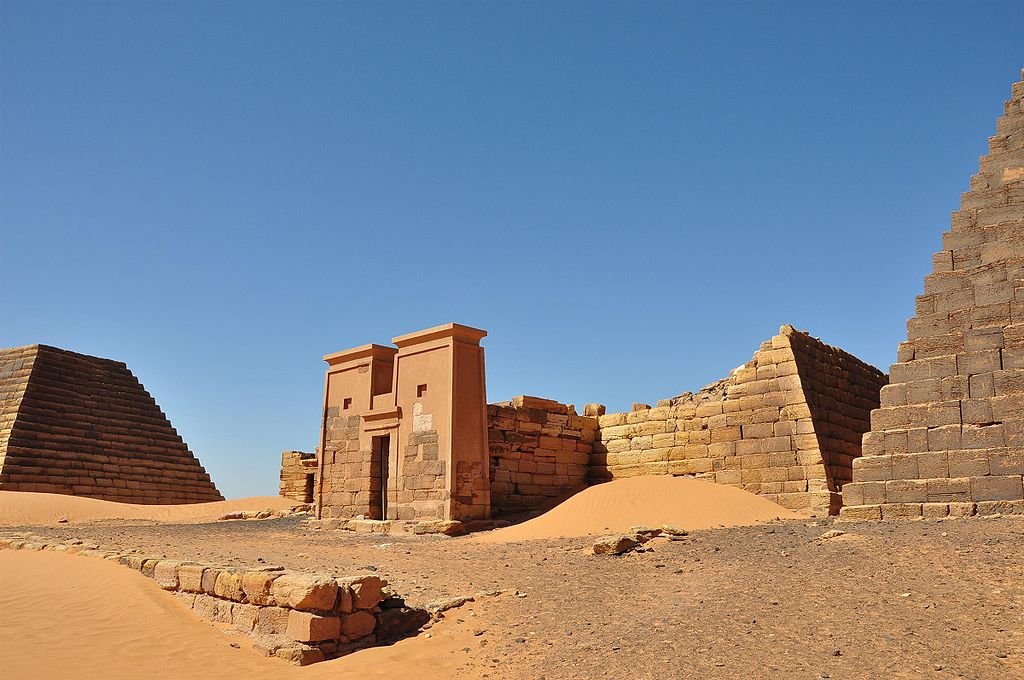
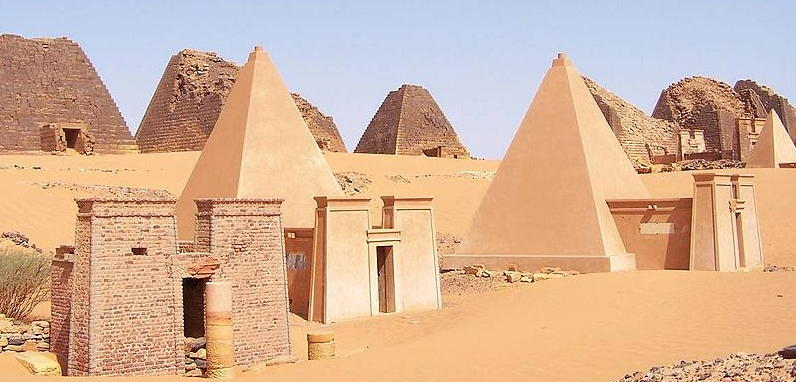
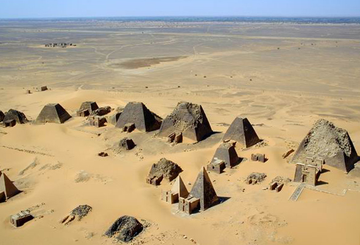
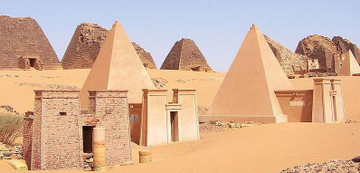
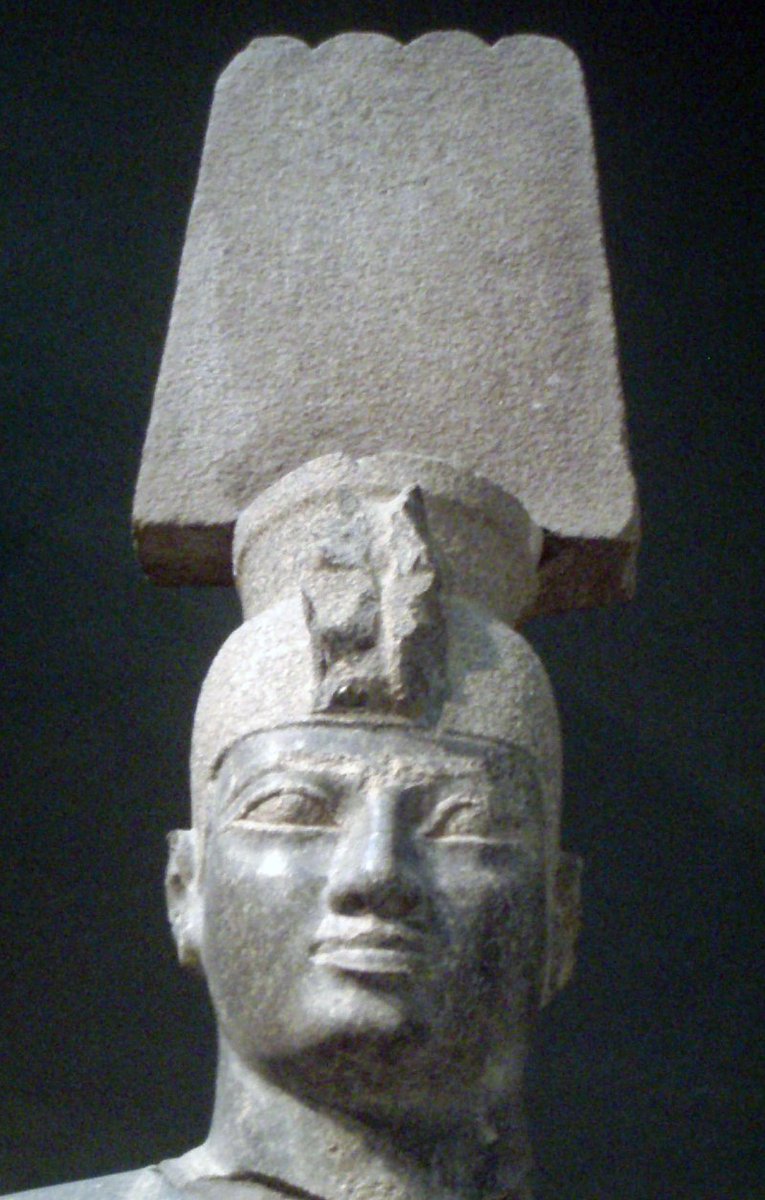
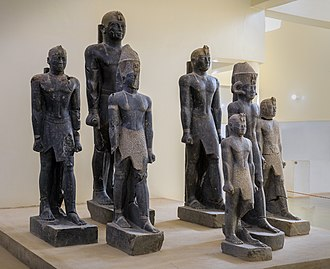
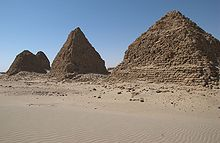
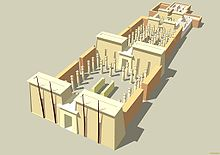
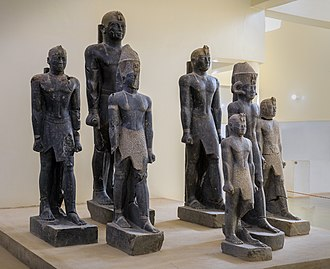
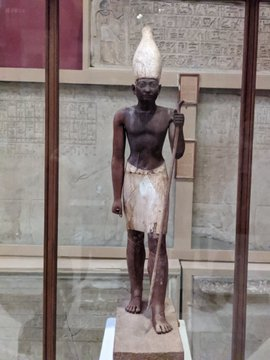

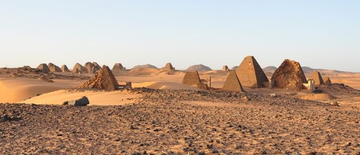

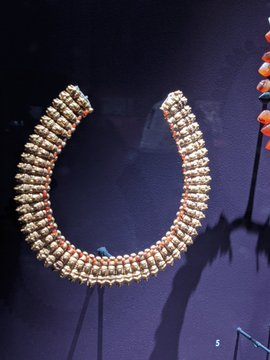
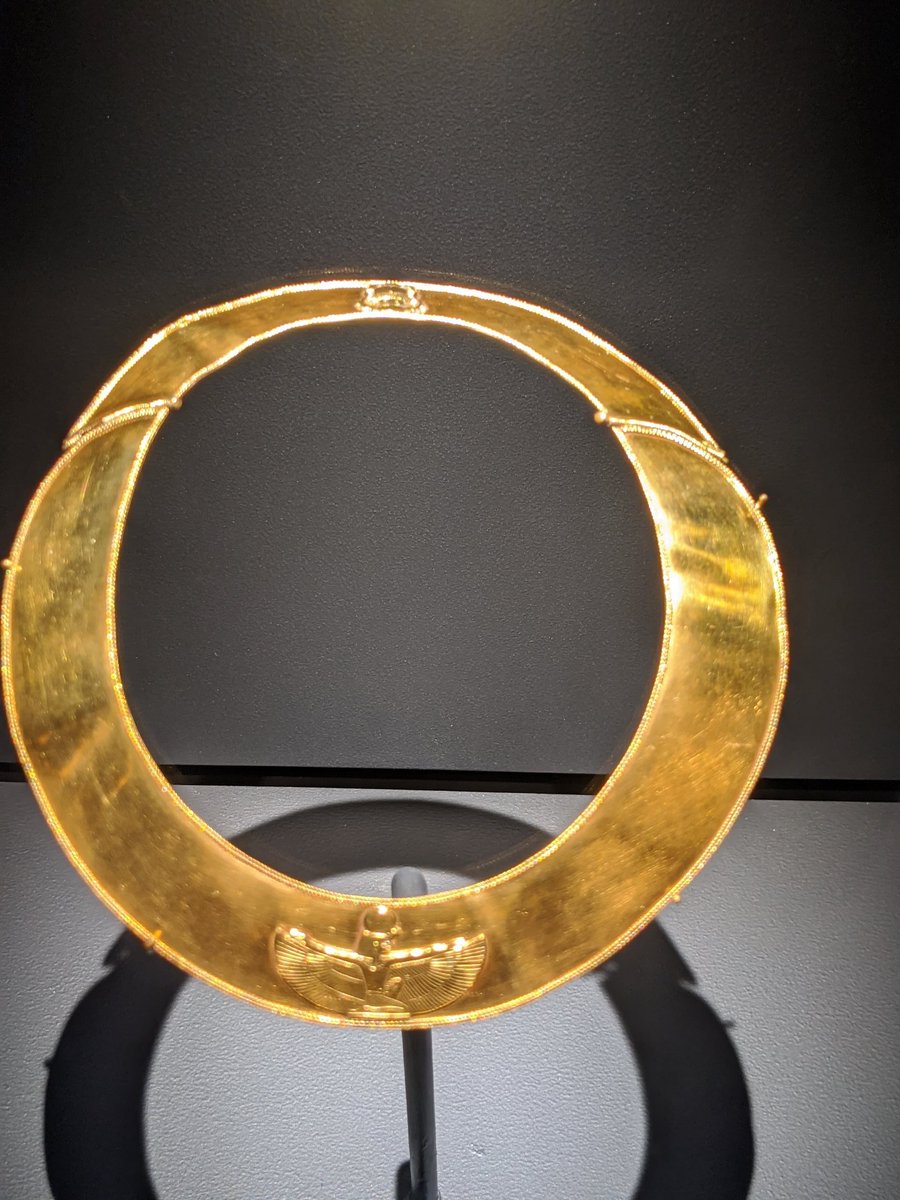
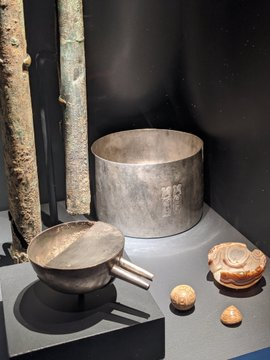
 @rhaplord" title="Nubians also built elaborate temples and distinctive pyramidal funerary monuments using durable stone, or red fired brick. Meroitic temples also had pylons (monumental gateways) and enclosure walls, as well as artificially constructed reservoirs. https://abs.twimg.com/emoji/v2/... draggable="false" alt="📸" title="Kamera mit Blitz" aria-label="Emoji: Kamera mit Blitz"> @rhaplord">
@rhaplord" title="Nubians also built elaborate temples and distinctive pyramidal funerary monuments using durable stone, or red fired brick. Meroitic temples also had pylons (monumental gateways) and enclosure walls, as well as artificially constructed reservoirs. https://abs.twimg.com/emoji/v2/... draggable="false" alt="📸" title="Kamera mit Blitz" aria-label="Emoji: Kamera mit Blitz"> @rhaplord">
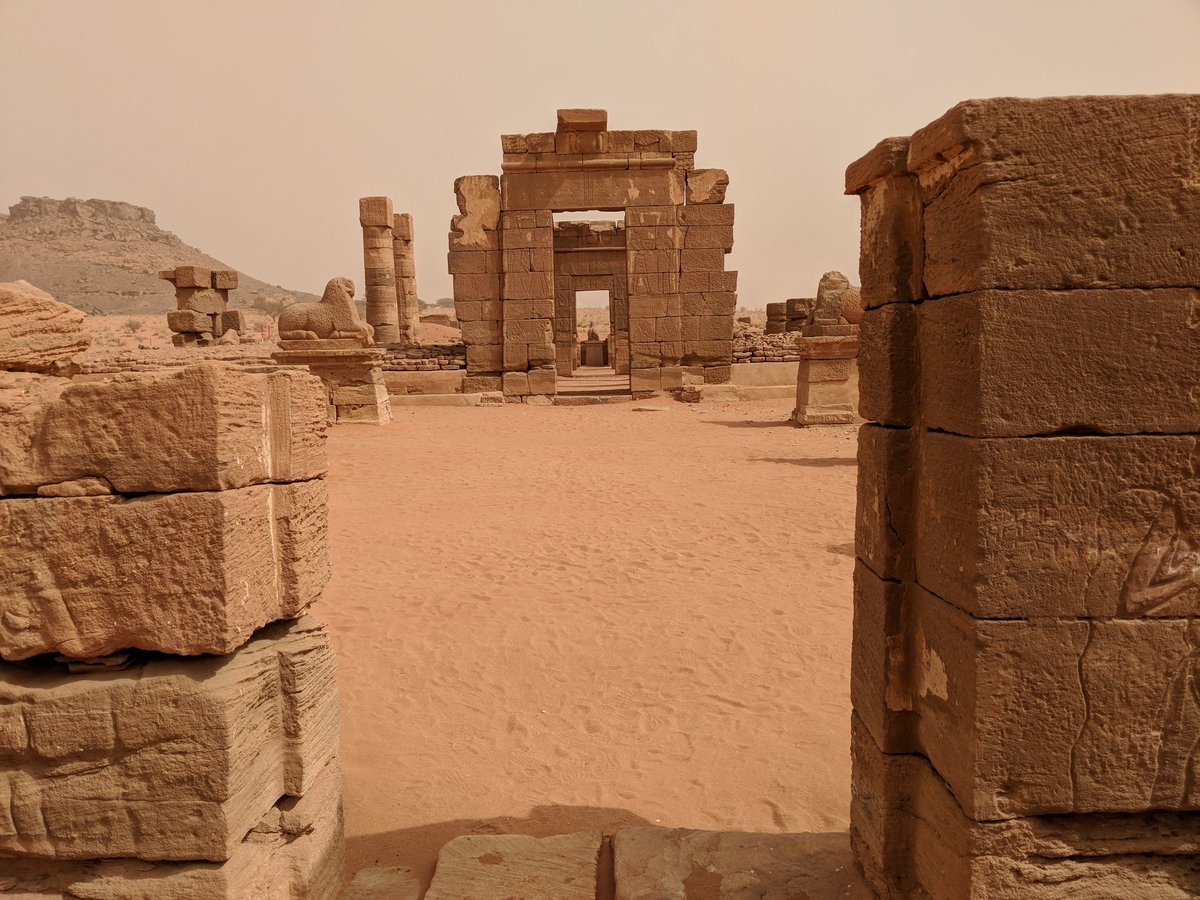 @rhaplord" title="Nubians also built elaborate temples and distinctive pyramidal funerary monuments using durable stone, or red fired brick. Meroitic temples also had pylons (monumental gateways) and enclosure walls, as well as artificially constructed reservoirs. https://abs.twimg.com/emoji/v2/... draggable="false" alt="📸" title="Kamera mit Blitz" aria-label="Emoji: Kamera mit Blitz"> @rhaplord">
@rhaplord" title="Nubians also built elaborate temples and distinctive pyramidal funerary monuments using durable stone, or red fired brick. Meroitic temples also had pylons (monumental gateways) and enclosure walls, as well as artificially constructed reservoirs. https://abs.twimg.com/emoji/v2/... draggable="false" alt="📸" title="Kamera mit Blitz" aria-label="Emoji: Kamera mit Blitz"> @rhaplord">
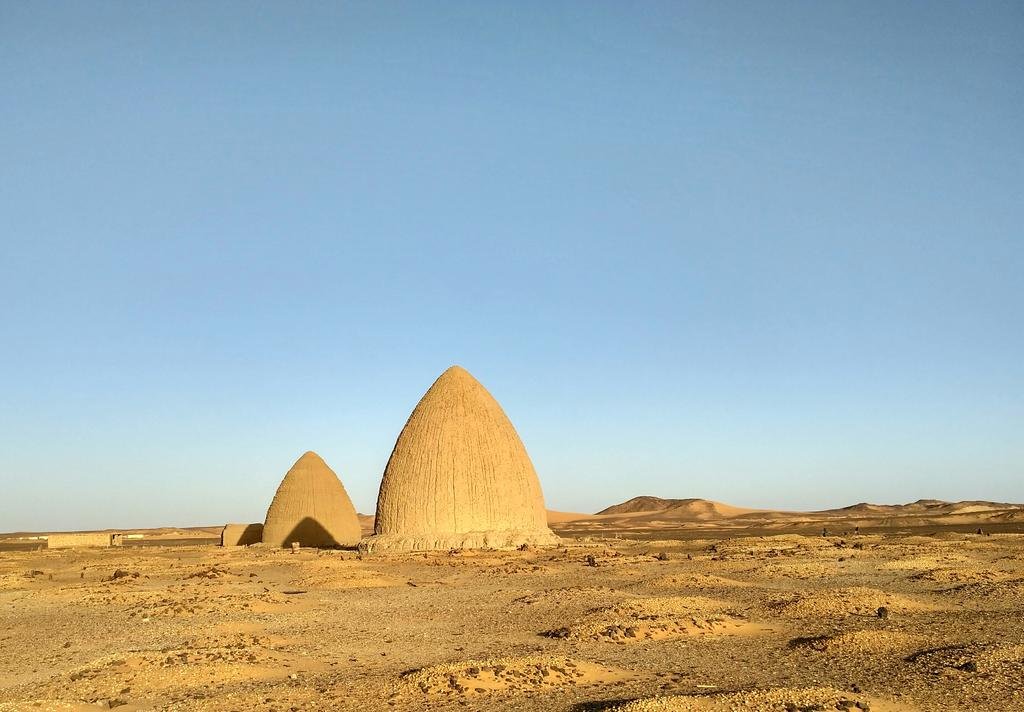 @rhaplord" title="Nubians also built elaborate temples and distinctive pyramidal funerary monuments using durable stone, or red fired brick. Meroitic temples also had pylons (monumental gateways) and enclosure walls, as well as artificially constructed reservoirs. https://abs.twimg.com/emoji/v2/... draggable="false" alt="📸" title="Kamera mit Blitz" aria-label="Emoji: Kamera mit Blitz"> @rhaplord">
@rhaplord" title="Nubians also built elaborate temples and distinctive pyramidal funerary monuments using durable stone, or red fired brick. Meroitic temples also had pylons (monumental gateways) and enclosure walls, as well as artificially constructed reservoirs. https://abs.twimg.com/emoji/v2/... draggable="false" alt="📸" title="Kamera mit Blitz" aria-label="Emoji: Kamera mit Blitz"> @rhaplord">
 @rhaplord" title="Nubians also built elaborate temples and distinctive pyramidal funerary monuments using durable stone, or red fired brick. Meroitic temples also had pylons (monumental gateways) and enclosure walls, as well as artificially constructed reservoirs. https://abs.twimg.com/emoji/v2/... draggable="false" alt="📸" title="Kamera mit Blitz" aria-label="Emoji: Kamera mit Blitz"> @rhaplord">
@rhaplord" title="Nubians also built elaborate temples and distinctive pyramidal funerary monuments using durable stone, or red fired brick. Meroitic temples also had pylons (monumental gateways) and enclosure walls, as well as artificially constructed reservoirs. https://abs.twimg.com/emoji/v2/... draggable="false" alt="📸" title="Kamera mit Blitz" aria-label="Emoji: Kamera mit Blitz"> @rhaplord">
